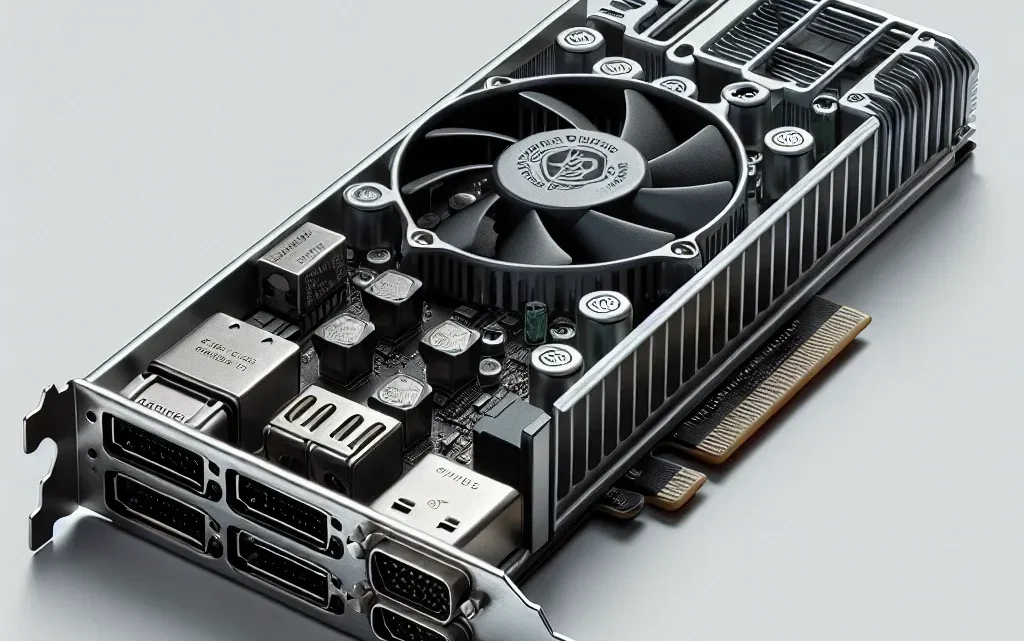Introduction to PCIe Network Adapters
In the ever-evolving world of computer networking, the need for faster, more efficient connectivity solutions is constant. One such solution that has garnered immense popularity is the PCIe network adapter. PCIe, short for Peripheral Component Interconnect Express, is a high-speed interface standard used to connect various peripherals to a computer’s motherboard. A PCIe network adapter, therefore, is a device that enhances a computer’s networking capabilities by leveraging the PCIe interface.
Understanding PCIe Network Adapters
Before diving deep into the details, let’s first break down the essential concepts surrounding PCIe network adapters.
| Feature | Description |
|---|---|
| PCIe Interface | A high-speed connection standard used for internal computer expansion cards. |
| Network Adapter | Hardware that allows computers to connect to a network. |
| Performance | Offers high-speed data transfer rates and reduces latency. |
| Installation | Typically installed in a motherboard PCIe slot. |
Types of PCIe Network Adapters
PCIe network adapters come in various types, each catering to different networking needs and performance criteria. Here’s a look at some of the common types:
1. Ethernet PCIe Network Adapters
These adapters are designed to facilitate wired connections to Ethernet networks. They are ideal for environments where high-speed, stable internet connections are required.
2. Wi-Fi PCIe Network Adapters
Wi-Fi PCIe adapters provide wireless networking capabilities. They are perfect for users who prefer the flexibility of wireless connections without compromising on speed and reliability.
3. Multi-Port PCIe Network Adapters
These adapters feature multiple network ports, allowing simultaneous connections to several networks. They are often used in server environments and complex network setups.
4. Fiber Optic PCIe Network Adapters
Fiber optic adapters are designed for high-speed, long-distance data transmission using fiber optic cables. They are common in data centers and enterprise networks.
Advantages of Using PCIe Network Adapters
PCIe network adapters offer a plethora of advantages that make them an attractive choice for enhancing network performance.
High Speed
One of the most significant benefits of PCIe network adapters is their high-speed data transfer rates. PCIe’s architecture allows for faster data exchanges between the computer’s central processing unit and peripheral devices, enabling rapid networking speeds.
Reduced Latency
Latency is the delay before a transfer of data begins following an instruction. PCIe network adapters are known for minimizing latency, which is crucial for real-time applications like online gaming and live streaming.
Scalability
With PCIe network adapters, it is easy to upgrade and expand your networking capabilities. You can add multiple adapters to your system to enhance performance further.
Compatibility
These adapters are compatible with a variety of operating systems and come with a range of driver support, making them versatile for different setups.
How to Choose the Right PCIe Network Adapter
Choosing the right PCIe network adapter can be a daunting task, given the myriad of options available. Here are some factors to consider:
Network Requirements
Evaluate your network requirements in terms of speed, reliability, and type of connection (wired or wireless).
Compatibility
Ensure the adapter is compatible with your computer’s motherboard and operating system.
Budget
PCIe network adapters come in a range of prices. Determine your budget and find an adapter that offers the best value for money.
Brand and Reviews
Look for reputable brands and check user reviews to gauge the performance and reliability of the adapter.
Installation of PCIe Network Adapters
Installing a PCIe network adapter is a straightforward process:
- Shut down your computer and unplug all cables.
- Open the computer case to access the motherboard.
- Locate an available PCIe slot.
- Insert the network adapter into the slot.
- Secure the adapter with a screw.
- Close the computer case, reconnect the cables, and power on the computer.
After physically installing the adapter, you may need to install drivers provided by the manufacturer for optimal performance.
Conclusion
PCIe network adapters are integral components for modern computer networking, offering enhanced speed, reduced latency, and flexibility. By understanding the different types, benefits, and installation processes, you can make an informed decision to optimize your network’s performance.


